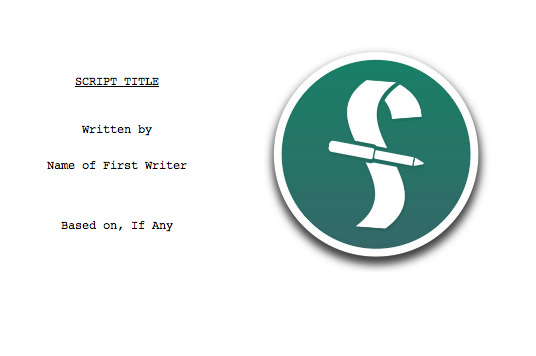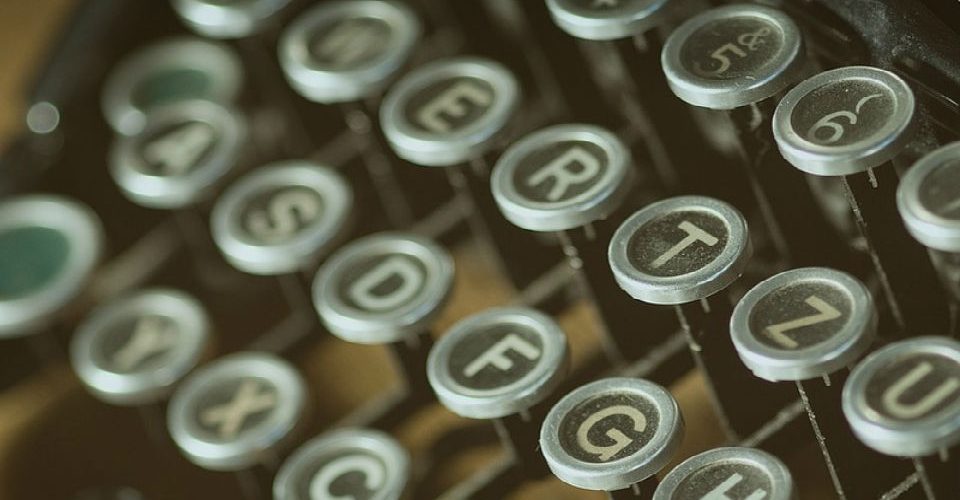
- #FINAL DRAFT 10 REVIEW HOW TO#
- #FINAL DRAFT 10 REVIEW MOVIE#
- #FINAL DRAFT 10 REVIEW SOFTWARE#
- #FINAL DRAFT 10 REVIEW FREE#
This handy refinement enables you to include any number of alternatives. Now here’s a handy feature: say you can’t decide whether a character is a Yank or an Aussie whether he says “Wassup dude?” or “G’day mate?” In Final Draft 9, you had the ability to split the screen vertically or horizontally, but now you can drag your Beats directly into your screenplay from the Split view. The Beat Board is not related to the Index Cards view, which has been an option under the VIEW menu since Version 1.) SPLIT And I’d like to be able to add hyperlinks and images, but maybe these will come in later versions. I’d appreciate more colours and a “snap to grid” option, though. It is instinctive and almost infinitely flexible. However, I’ve become a fan of the Beat Board for this visual process of brainstorming, rearranging, refining and editing. I’ve never been an enthusiastic user of library cards and preferred Scrivener to structure my story. What you put on these virtual cards is up to you: ideas, notes, character sketches, scene descriptions, “beats,” reminders, phone numbers, shopping lists… Double click anywhere on the board to create a card, then change its size and colour and location and drag it into position.
#FINAL DRAFT 10 REVIEW FREE#
The Board is totally free format, equally useful for brainstorming, structuring and making notes. It’s your pin board, where you scribble on virtual library cards and drag them around until they make sense. The Beat Board is the most obvious new feature in Final Draft 10. You can zoom in to examine your scene sequence, or zoom out for a birds-eye view of your screenplay. Double clicking on a scene in the Map takes you to that scene in the script. You can, of course, drag these targets around, add new points or erase them at will.Īs you write new scenes, they appear in the Story Map along with any colours you added in the Navigator. These become page targets in the Story Map.

It is a horizontal bar at the top of the window, providing an overview of your script at a glance.īefore you begin, you set a target length in pages, define Structure Points (eg. While the Navigator provides a running overview of your screenplay as you are writing it, the Story Map is an omnipresent, interactive view of your story. Now the Navigator is linked to The Story Map, which multiplies its usefulness.
#FINAL DRAFT 10 REVIEW HOW TO#
You know how to keep track of characters and define their arcs and add script notes. If you’re already using Final Draft you’ll be familiar with how use it to jump to, drag, rearrange and colour-code scenes. This tabbed panel is not new - it’s been part of Final Draft for the past 3-4 versions at least, but its utility has been improved. I’ll confine myself to the meta-script aspects and the new and improved pre-scripting tools. In this review I’ll assume that the script formatting aspect of Final Draft needs no explanation or comment. (Declaration of interest: I’ve been a voluntary beta tester on Final Draft 10 for the past 18 months, but I have no financial interest in the software.)
#FINAL DRAFT 10 REVIEW SOFTWARE#
Pre-scripting is by definition a messy job with lots of redundancy.įinal Draft 10 aims to pull the whole process together into a single software package. There are a few computer applications that can help you with this early stage. You will have laid out the main beats and arcs and possibly covered your wall with scrawled library cards before you type EXT.

You will have refined your logline, described the inciting incident, and developed a 3-act structure. If you follow The Story Department’s advice, and have visited Logline It, you know the drill. If you believe the hype, it is “used by 95% of film and television productions.”īut for most of us, writing a screenplay begins long before we sit down at the keyboard with that real or virtual clean sheet in front of us. They’ll check your spelling, allow you to classify and rearrange scenes, and produce shooting scripts and script reports for your production team.įinal Draft™ has fought its way to the top in the screenplay formatting wars. They also remember the names of your characters and scene locations.
#FINAL DRAFT 10 REVIEW MOVIE#
These take the hassle out of capitalising, indenting and laying out a script in the format demanded by the Hollywood movie moguls.

If you are one of this talented few, script formatting applications like Celtx, Movie Magic and Final Draft are great productivity tools. How do you go about writing a screenplay? There are a few of us who sit down at the computer, like some modern day Dalton Trumbo at his trusty Remington, type FADE IN: and keep going until the cigarette packet is empty.


 0 kommentar(er)
0 kommentar(er)
